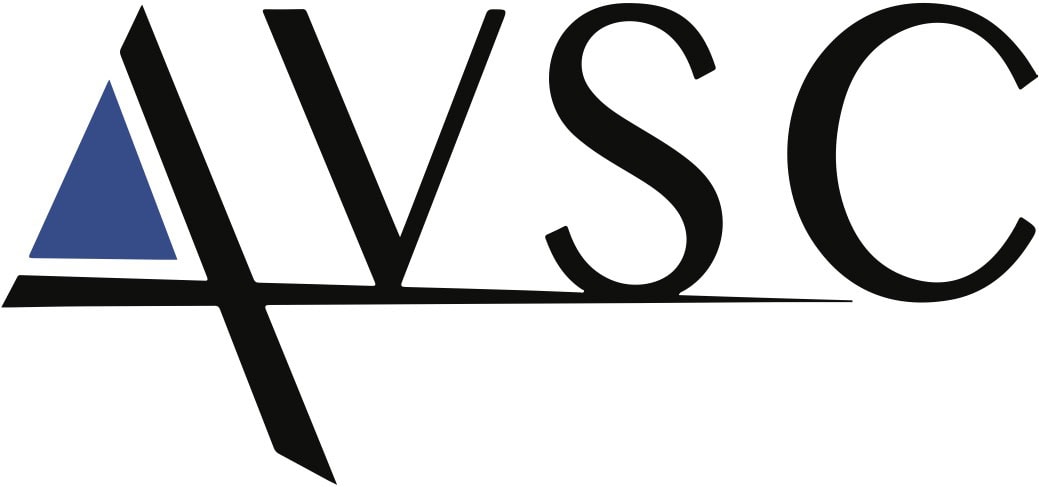Ultra-high temperature ceramics (UHTCs), MAX phases, and nanolaminate compounds are families of materials that can withstand extreme operating conditions such as high temperatures, heat fluxes, radiation and/or corrosive environments due to their unique features. UHTCs are carbides, nitrides, and borides of transition metals with melting points above 3000 °C that exhibit other properties such as high hardness and stiffness, elevated thermal and electrical conductivities, and excellent ablation and radiation resistance. These properties make them potential candidates for hypersonic vehicles, nuclear fusion reactors, solar power concentrators, nuclear fission reactors, and others. MAX phases are ternary carbides and nitrides – recently borides too as MAB phases – that present a unique combination of properties, bridging the gap between ceramics and metals. As ceramics they are lightweight and present high elastic modulus and thermal and chemical stability, while as metals they exhibit easy machinability, good damage tolerance and thermal shock resistance. They have attracted interest in the aerospace, transportation and energy sectors, among others. Nanolaminate ceramics and 2D derivatives such as MXenes have also received huge attention in the last decades due to their unique characteristics, making them appealing candidate materials for diverse structural and functional applications. This symposium will focus on design, processing, structure-property relationships, thermal, electrical, optoelectronic, solid lubrication and mechanical properties, oxidation/corrosion resistance, machining, joining, thermal/chemical stability and radiation tolerance of UHTCs, UHTC composites, MAX phases, MXenes, and nanolaminates both from fundamental and application-oriented perspectives.
Proposed Session Topics
- Novel processing methods for bulk, coatings, thin films, fibers, and/or composites
- Precursors for powders, coatings, and matrix or fibers of composites
- Processing-microstructure-property relationships of existing or new systems
- Characterization methods and lifetime assessment
- Methods for improving damage tolerance, oxidation behavior, and thermal shock resistance
- Response in extreme environments (e.g., irradiation, ultra-high temperatures)
- Simulation and theory for predicting stability or behavior of the materials
- Study of electronic, optical, plasmonic and thermoelectric properties
- Entropy stabilized compositionally complex UHTCs and MAX phases
- Superhard UHTCs
- Novel applications and device fabrication (electrochemical energy storage, biosensors, etc.) of MAX and MAB phases and their 2D derivatives
Symposium Organizers
- Diletta Sciti, CNR, Istituto di Scienza, Tecnologia e Sostenibilitá per lo sviluppo dei Materiali Ceramici, Italy
- Jesus Gonzalez-Julian, LCTS, University of Bordeaux, CNRS, France
- Bai Cui, University of Nebraska-Lincoln, USA
- Bill Fahrenholtz, Missouri University of Science and Technology, USA
- Sea Hoon Lee, Korea Institute of Materials Science, Korea
- Yujin Wang, Harbin Institute of Technology, China
- Hanjung Kwon, Jeonbuk National University, Korea
- Jason Lonergan, Missouri University of Science and Technology, USA
- Miladin Radovic, Texas A&M University, USA
- Dong-geun Shin, Korea Institute of Ceramic Engineering and Technology, Korea
- Yoonjoo Lee, Korea Institute of Ceramic Engineering and Technology, Korea
- Clio Azina, LCTS, University of Bordeaux, CNRS, France
- Surojit Gupta, University of North Dakota, USA
- Michel Barsoum, Drexel University, USA
- Antonio Vinci, CNR, Istituto di Scienza, Tecnologia e Sostenibilitá per lo sviluppo dei Materiali Ceramici, Italy
Points of Contact
- Diletta Sciti, diletta.sciti@issmc.cnr.it
- Jesus Gonzalez Julian, gonzalez@lcts.u-bordeaux.fr
- Bai Cui, bcui@unl.edu
